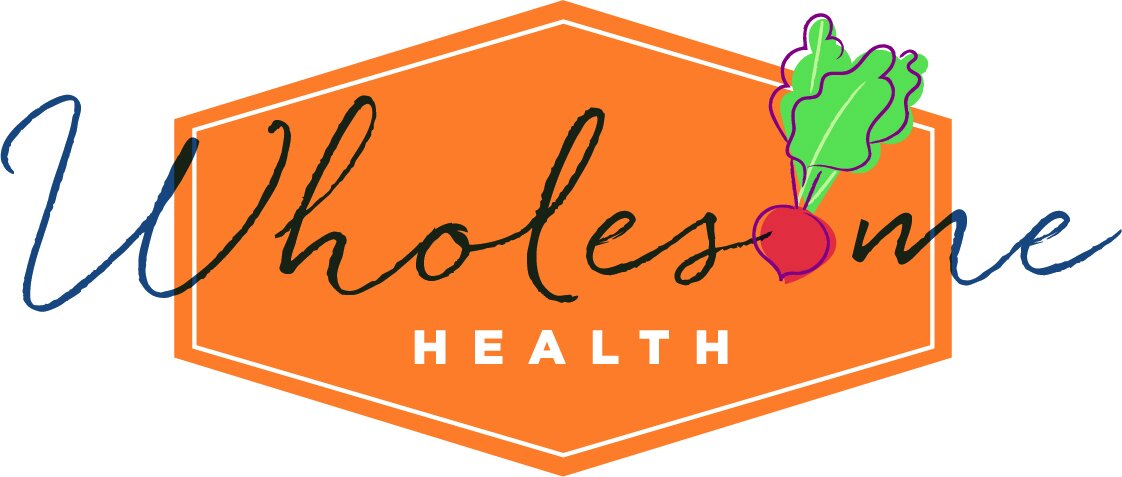Jumpstart Your Way to a Healthy Heart
Did you know February is American Heart Month? It’s the perfect time to work on changing your diet and increasing your activity level to make sure your heart is in tip-top shape! Today, I’ll share ways to lower blood pressure and cholesterol levels, both of which are important in keeping your heart healthy. In the coming weeks, get ready to learn about all the different types of fats and which ones are the healthiest for your heart.
Keeping your heart healthy
Family history plays a role in how healthy your heart is, but there are plenty of things that you can do to keep your heart in good shape:
Maintain a healthy weight
Be active
Eat a healthy diet
Limit stress
Avoid smoking
Visit the doctor to have your cholesterol levels and blood pressure checked regularly
Blood pressure
Traditional American diets are high in sodium. This in combination with a sedentary lifestyle can lead to elevated blood pressure levels. Becoming more physically active and choosing foods lower in sodium can help reduce blood pressure.
Choosing lower-sodium foods
The DASH eating plan, or Dietary Approaches to Stop Hypertension, is a great place to start if you want to lower your blood pressure. The less processed a food is, the less sodium it will likely have.
Examples of low-sodium foods:
Fresh and frozen fruits and vegetables
Whole grains - brown rice, quinoa, millet, old fashioned oats, whole wheat pasta
Dry beans and lentils
Eggs
Meats and poultry - purchased raw without added sauces or seasonings
Foods to watch out for
Sodium is a preservative and adds flavor, so any food that comes in a box, bag, can, or other packaging of some kind is likely to contain sodium.
Examples of high-sodium foods:
Most canned foods - soups, chili, veggies
Cheese
Packaged snack foods - crackers, cookies, pretzels, salted nuts
Deli meat
Breakfast meats - bacon and sausage
Bottled salad dressings
Spaghetti and pizza sauces
Frozen dinners
Soy sauce
Almost all restaurant foods
A note about canned goods: It is possible to find canned goods without any added salt! I’ve been able to find canned tomatoes and canned corn that have no sodium added. Canned foods are great if you are able to find no- or low-sodium varieties.
Cholesterol
There are two different types of cholesterol:
HDL “healthy” cholesterol
LDL “less healthy” cholesterol
According to The American Heart Association, LDL cholesterol can build up the arteries and increase the risk for heart attack or stroke. HDL cholesterol removes LDL cholesterol from the arteries and takes it to the liver where it is broken down.
Triglycerides are another type of fat found in your bloodstream and can also lead to plaque buildup in the arteries.
Which foods lower cholesterol?
Again, the more whole foods in your diet the better! High-fiber foods, like fruits, veggies, and whole grains, can help lower cholesterol. Also, foods that contain healthy fats can reduce “less healthy” cholesterol and increase “healthy” cholesterol in the body.
Some examples of healthy fats include:
Avocado and avocado oil
Olives and olive oil
Nuts and seeds
Natural nut butter
Fatty fish - salmon, tuna, sardines, mackerel
Which foods raise cholesterol?
I’ll talk a lot more about the specifics of foods that raise cholesterol in the coming weeks, but some examples are:
Packaged snack foods - chips, cookies, crackers
Fried foods - fries, donuts, fried chicken, mozzarella sticks
Frozen dinners
Processed meats - bacon, hot dogs, salami
Today I’ve given you an overview of why a heart-healthy diet is so important. Next week we’ll talk all about trans fats and hydrogenated oils, both of which contribute to high LDL “less healthy” cholesterol and triglyceride levels. Have a great weekend!




